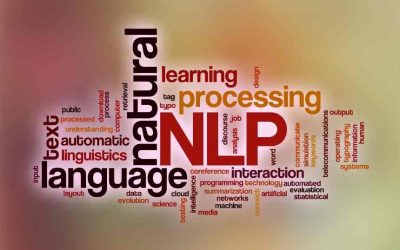In this blog post, we will discuss how machine learning can be used for document analytics. Machine learning is a type of artificial intelligence that enables computers to learn on their own, without being explicitly programmed. This makes it the perfect tool for analyzing documents, as it can automatically identify patterns and trends that would be difficult for humans to detect. In particular, we will focus on how machine learning can be used to identify different types of data in documents, such as customer contact information or financial information. Let’s get started!
Tools used for text analytics can be broadly divided into two categories: rule-based systems and machine learning-based systems. Rule-based systems use a set of rules defined by humans to process text, while machine learning-based systems learn from data to identify patterns and trends. Machine learning is the better choice for document analytics, as it is more flexible and scalable than rule-based systems. In addition, machine learning-based systems can be trained to identify new types of data, while rule-based systems would require manual updates.
There are a few different ways to perform document analytics using machine learning. One popular approach is to use latent Dirichlet allocation (LDA). LDA is a statistical model that identifies topics in a document. For example, if we were analyzing a customer support dataset, LDA might identify topics such as “billing issues” or “product defects”. Once the topics have been identified, we can then look at how often each topic appears in each document. This can help us to understand what kind of issues our customers are having and whether certain types of issues are more common than others.
Another approach is to use a classification algorithm. Classification algorithms can be used to automatically categorize documents into different classes. For example, we could use a classification algorithm to categorize customer support documents by issue type (e.g., billing, product defect, etc.). This would allow us to quickly identify which type of issue is most common, and focus our attention on addressing those issues.
There are many different machine learning algorithms that can be used for document analytics. The choice of algorithm will depend on the nature of the data, the desired outcome, and other factors. In general, however, machine learning-based approaches are more effective than rule-based systems for document analytics. This is because machine learning can automatically identify patterns and trends that would be difficult for humans to detect. As a result, machine learning-based approaches are more flexible and scalable than rule-based systems.
If you’re looking to get started with document analytics, we recommend using a machine learning-based approach. There are many different algorithms that can be used, so it’s important to choose the right one for your data. In general, however, machine learning-based approaches are more effective than rule-based systems. This is because machine learning can automatically identify patterns and trends that would be difficult for humans to detect. As a result, machine learning-based approaches are more flexible and scalable than rule-based systems.
Named entity extraction is another common task in document analytics. This is the process of identifying named entities in a text, such as people, places, organizations, and so on. Named entity extraction can be used to automatically extract information from documents. For example, if we were looking at customer support documents, we could use named entity extraction to extract the customer’s name, address, and contact information. This would allow us to quickly get in touch with the customer and resolve their issue.
Happy analyzing!





0 Comments